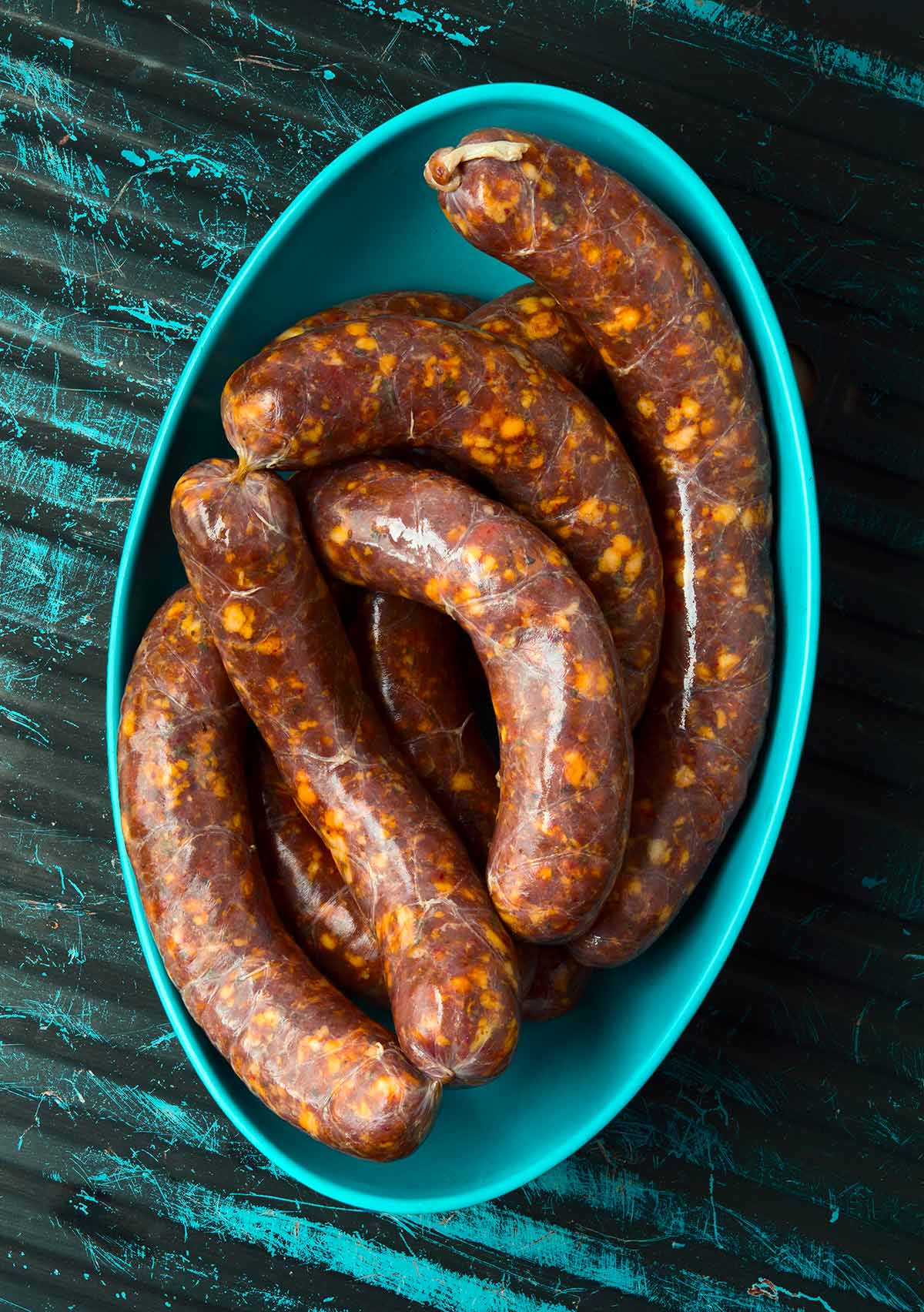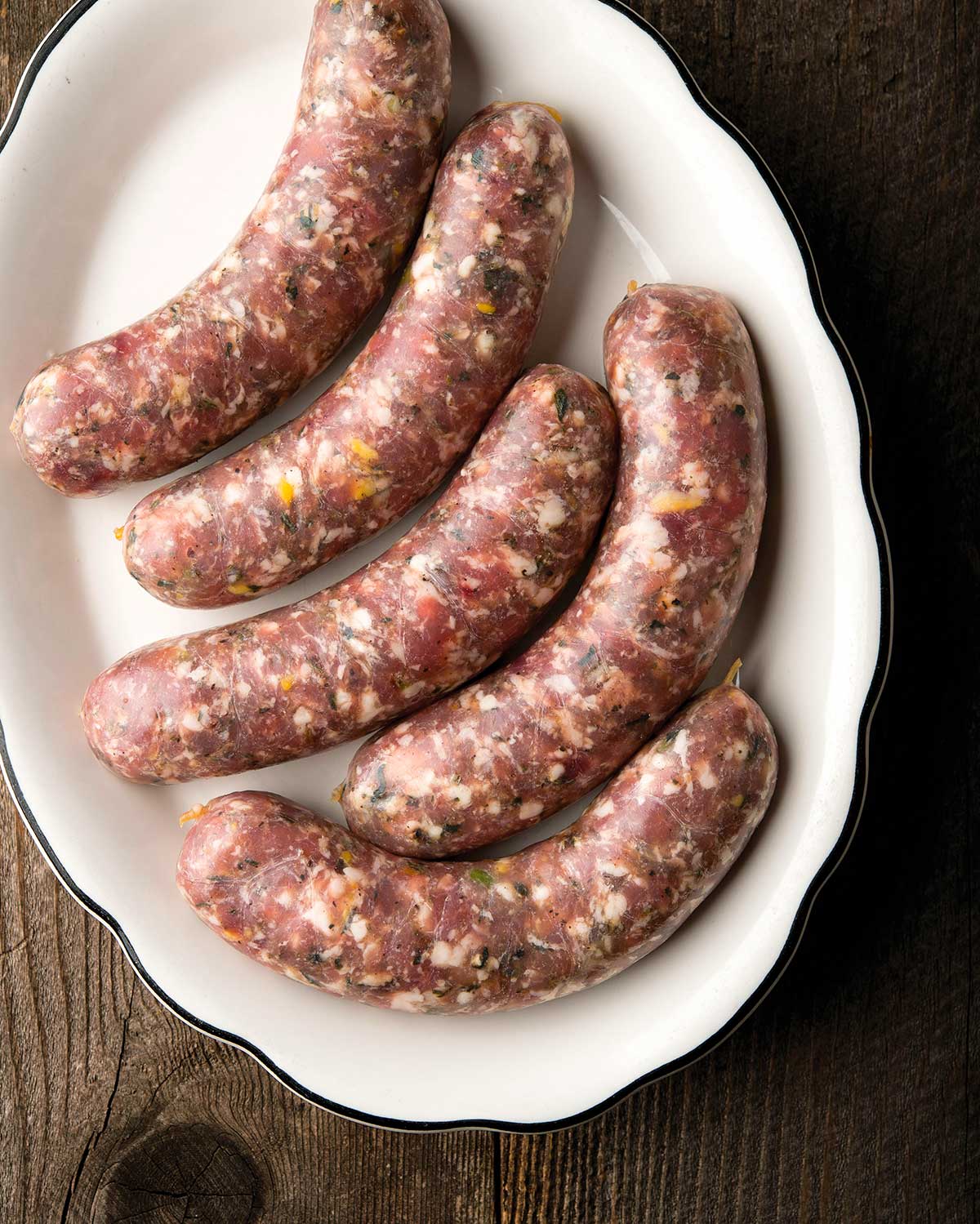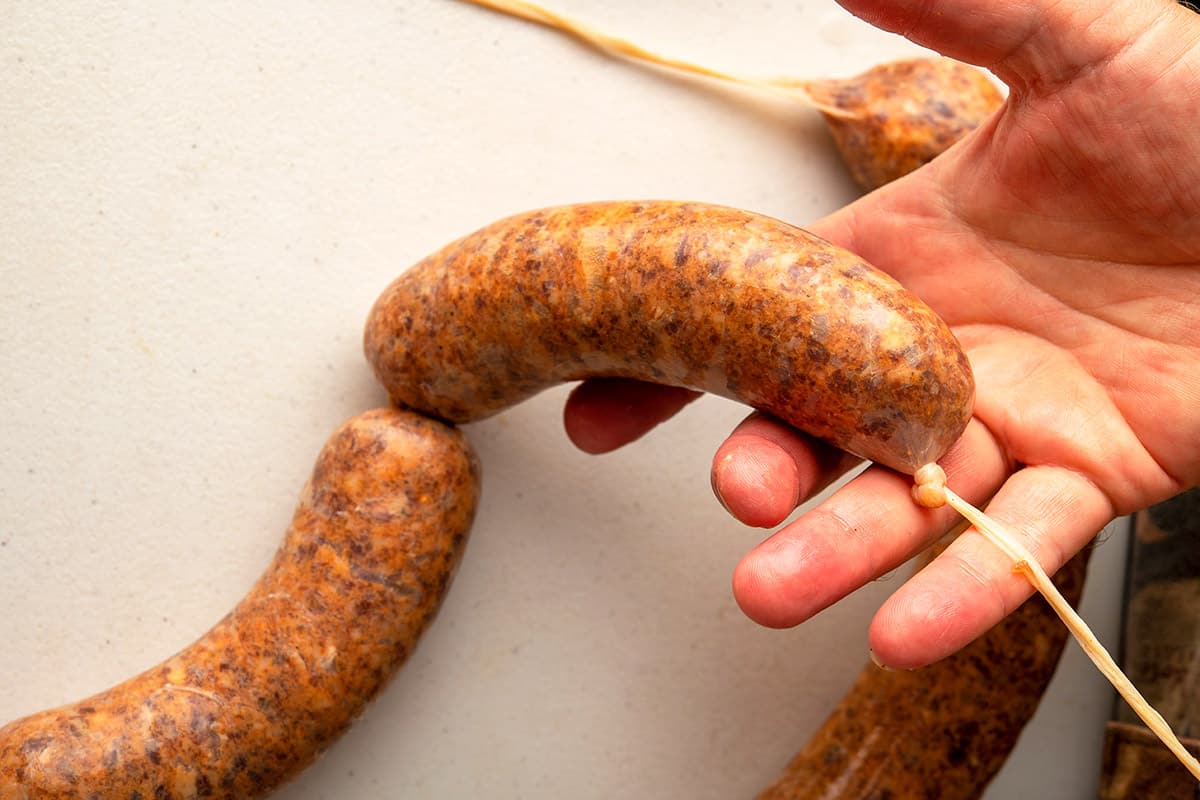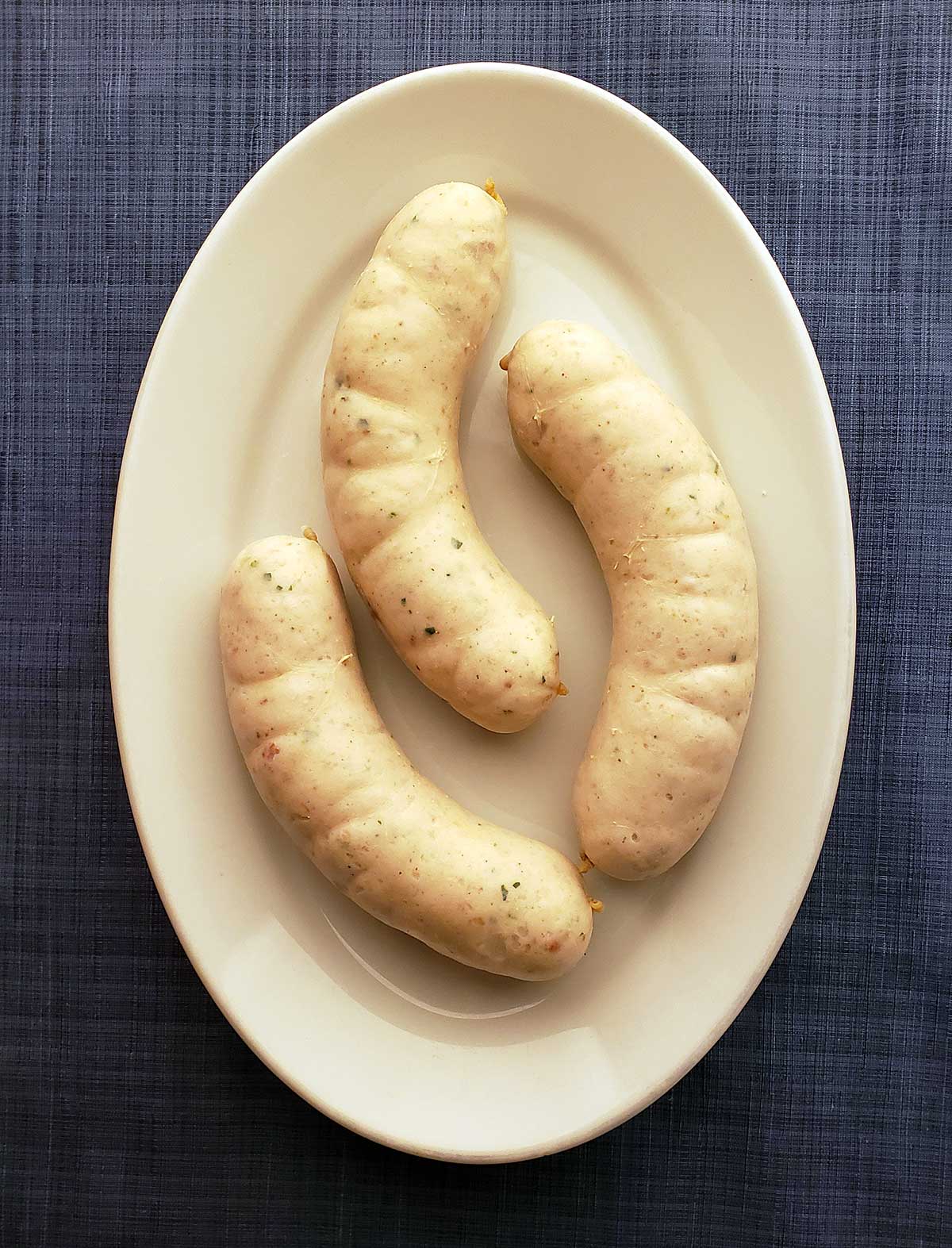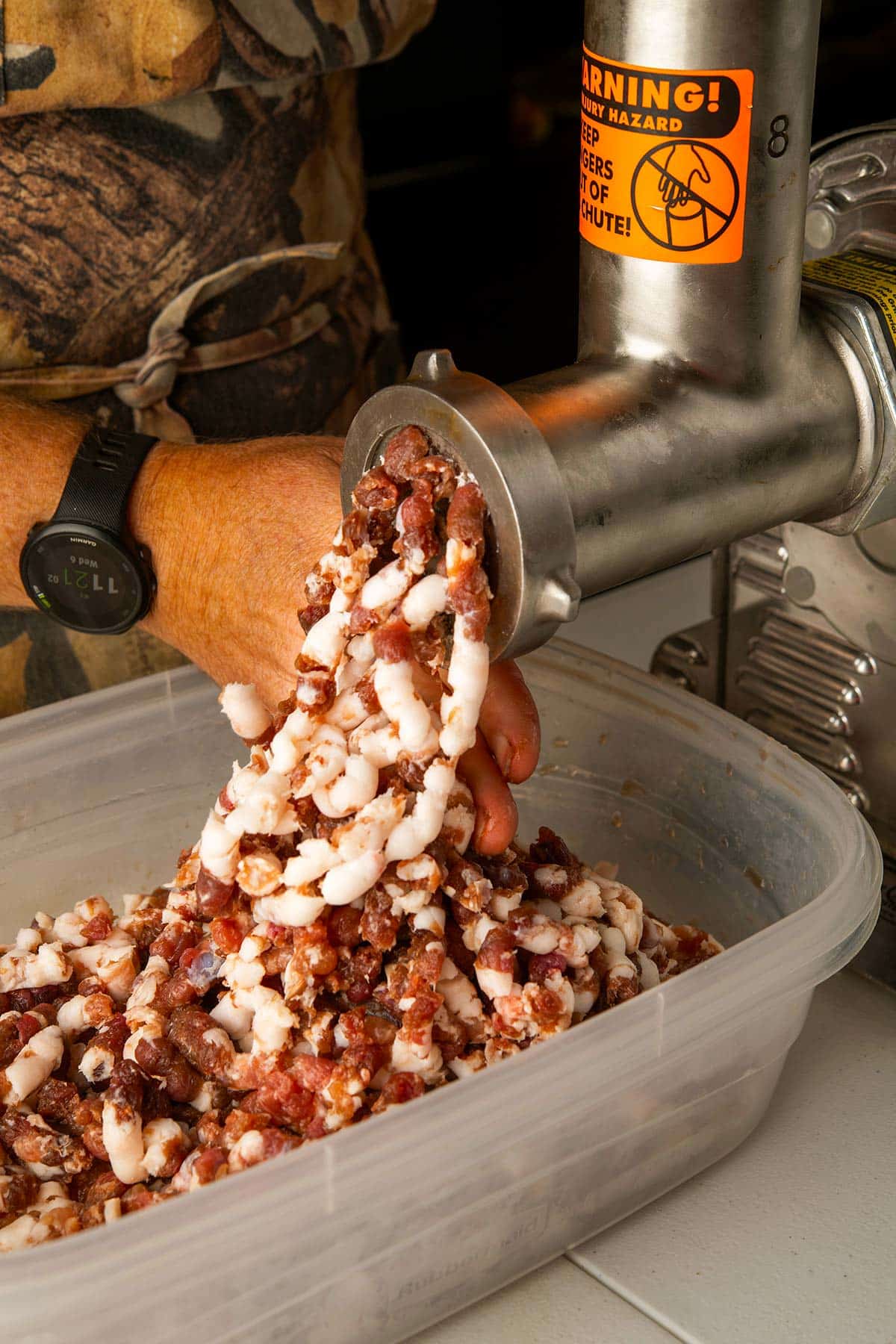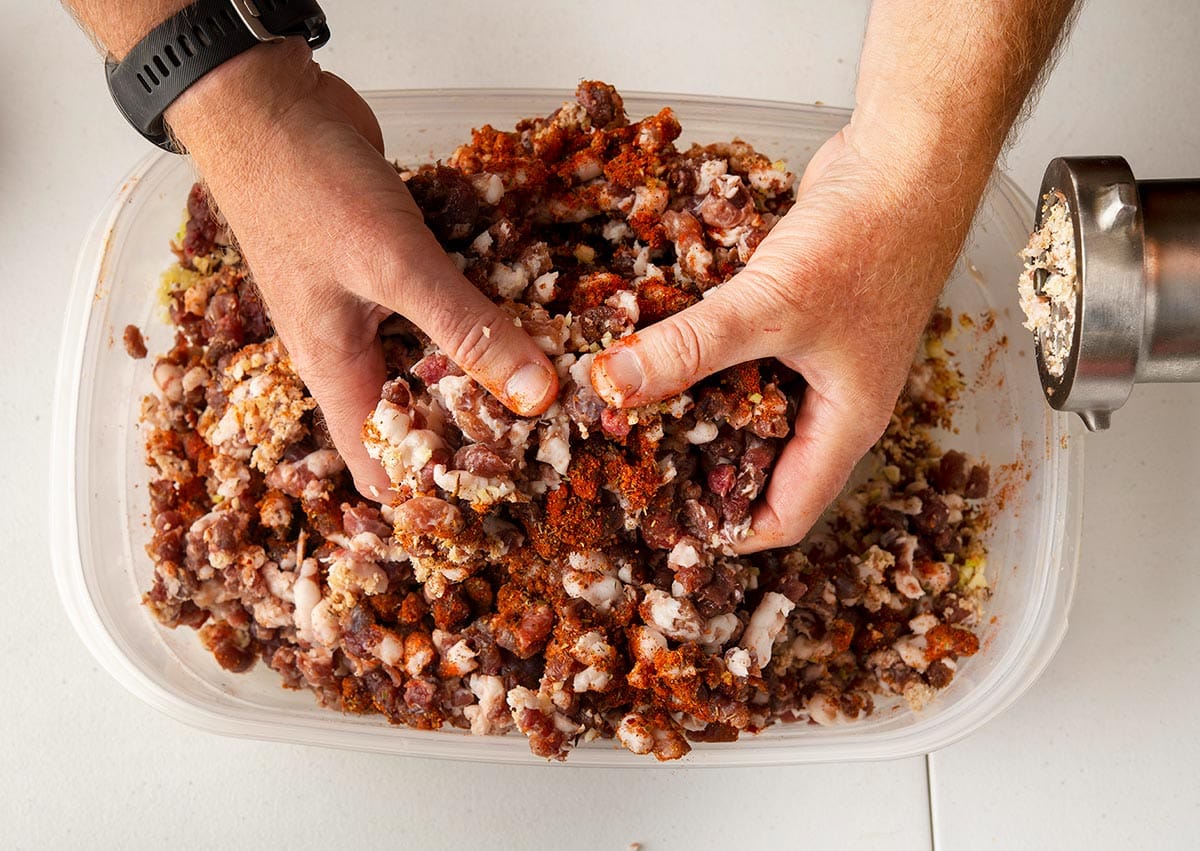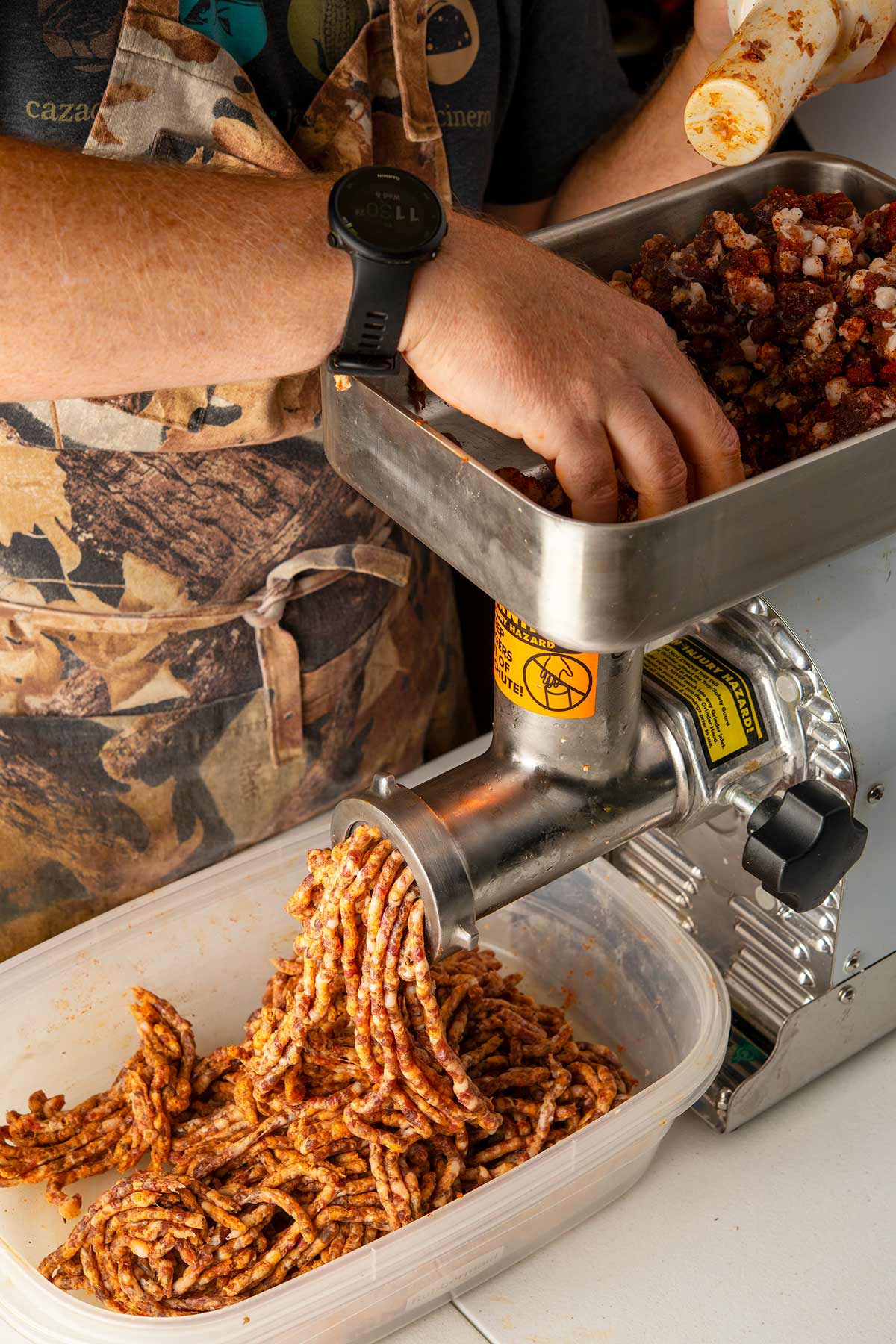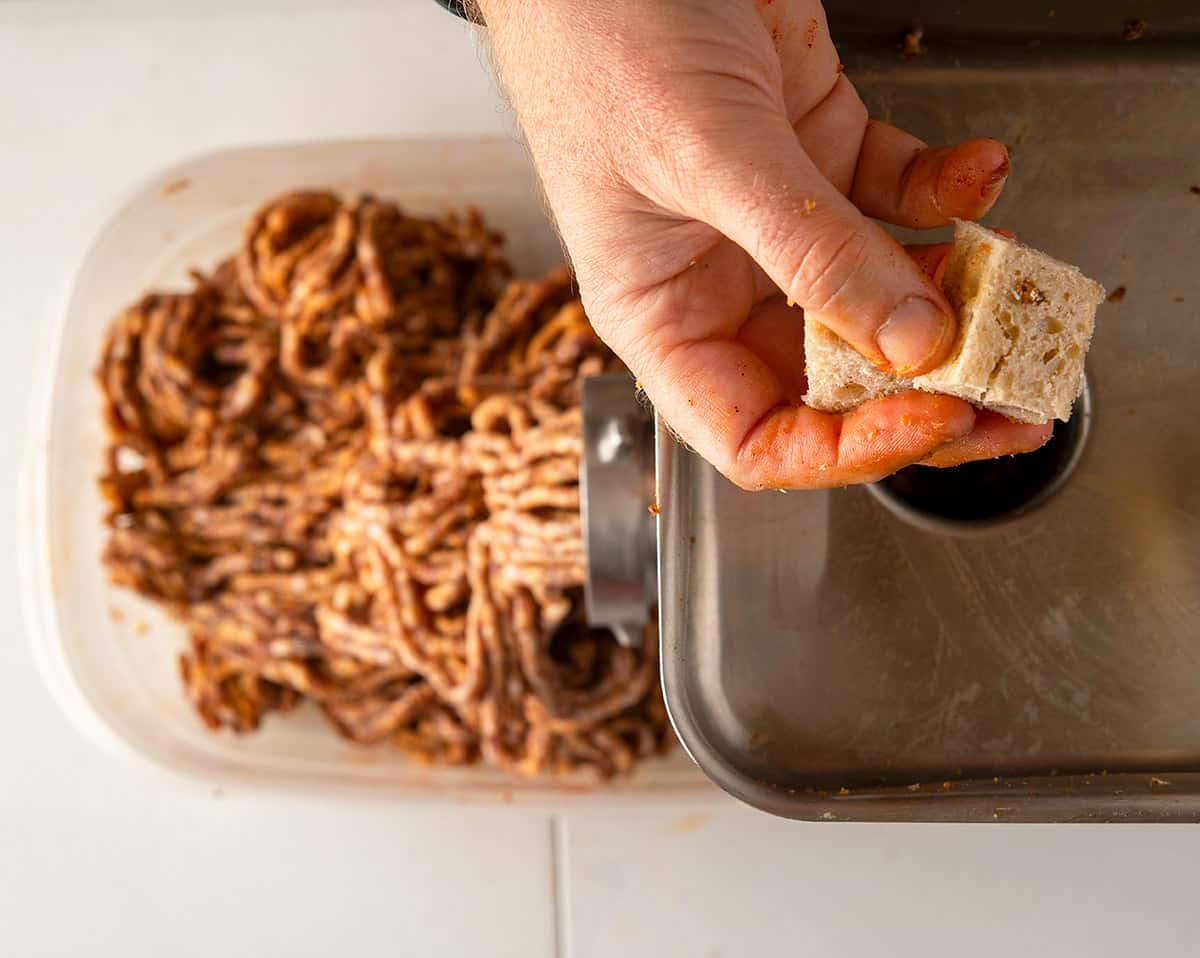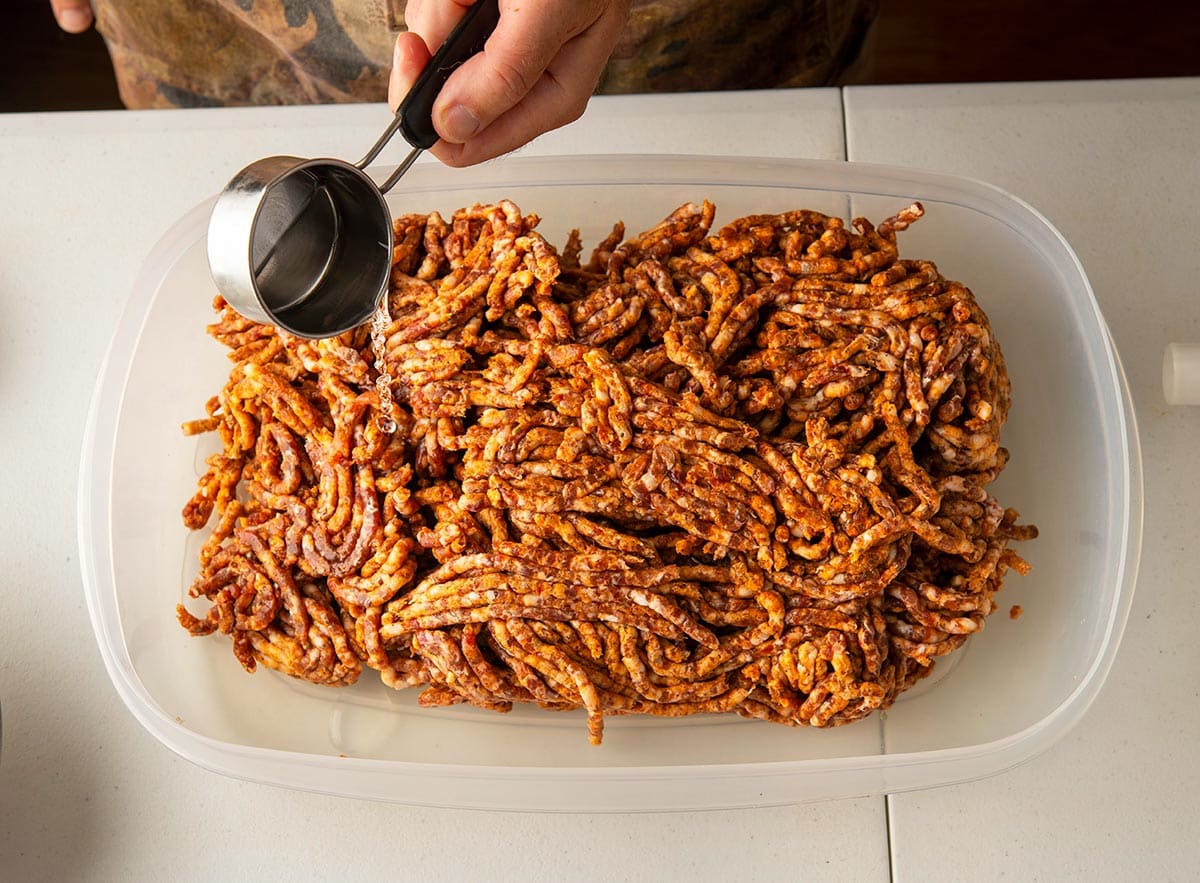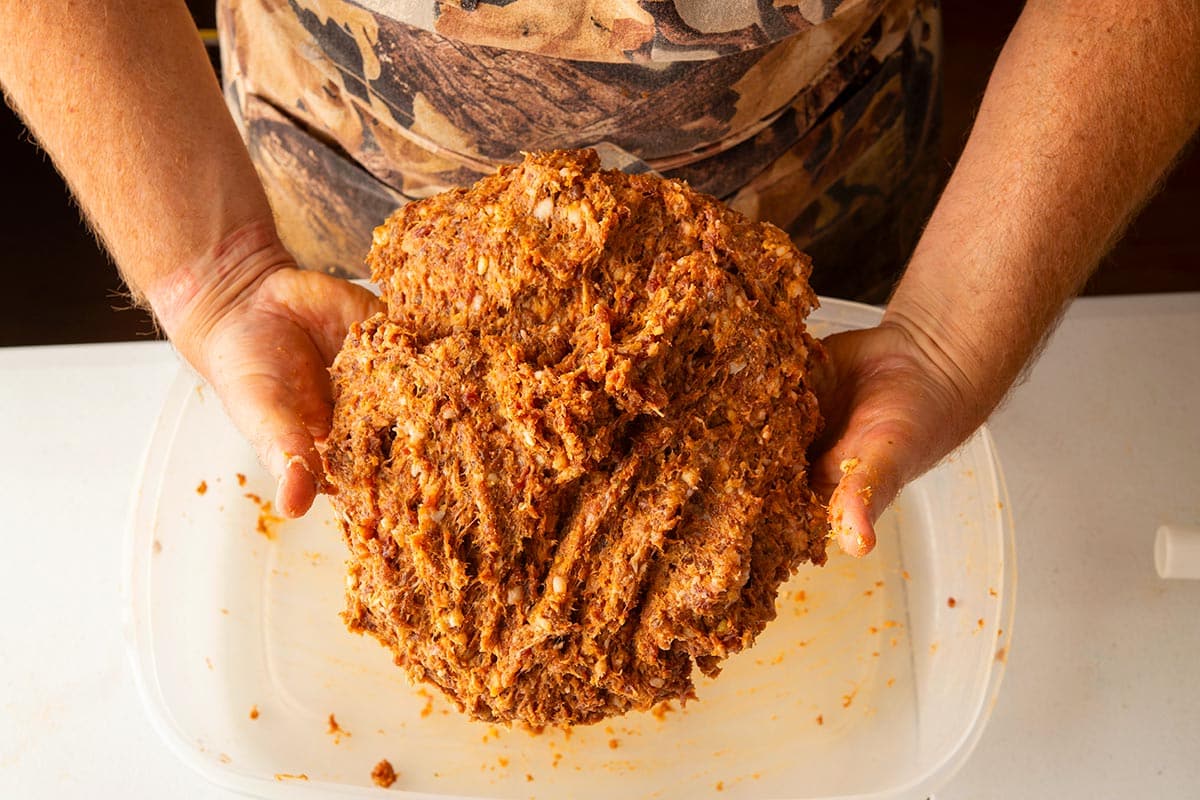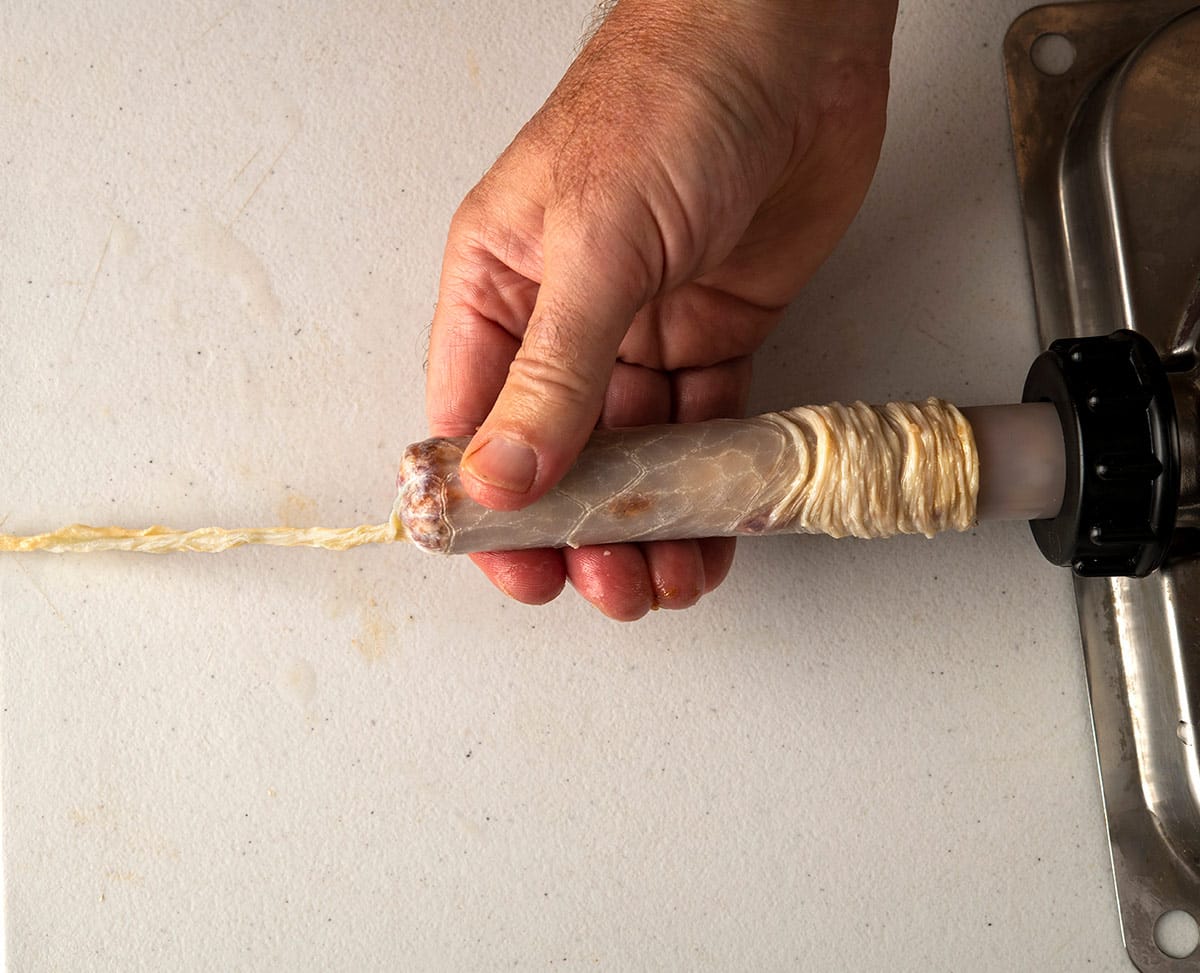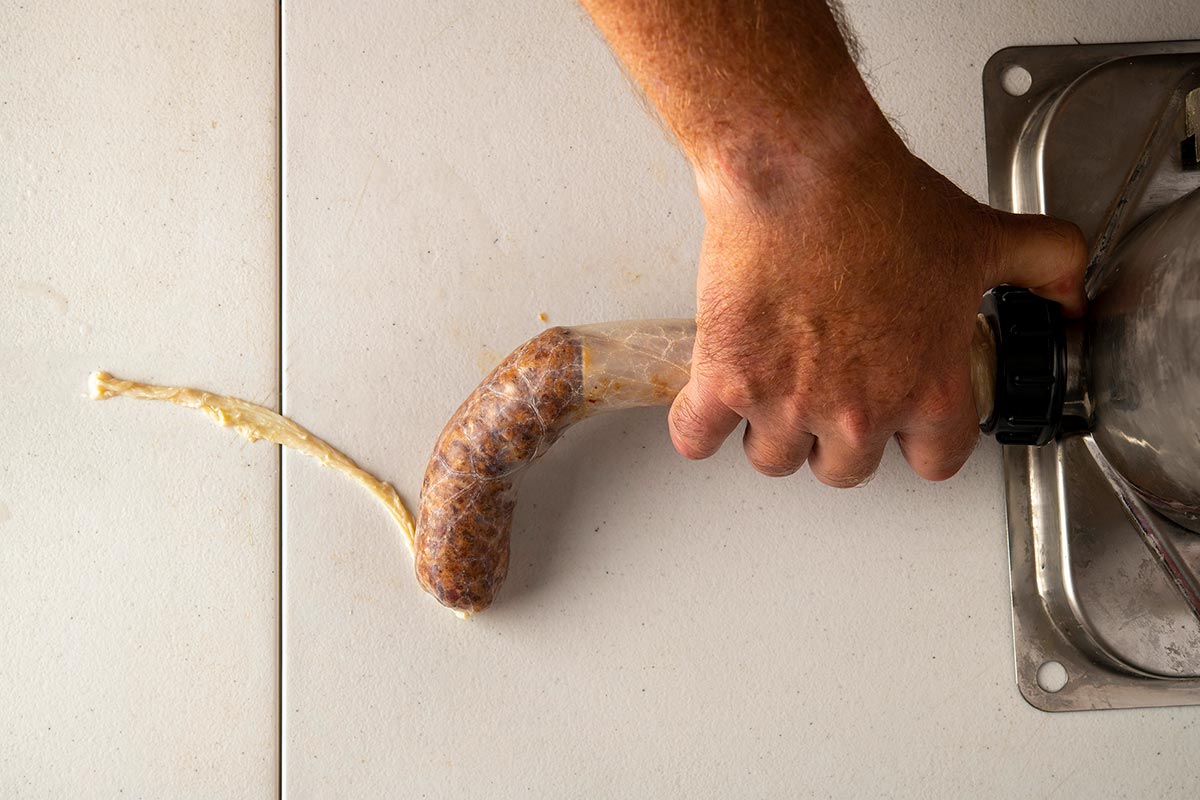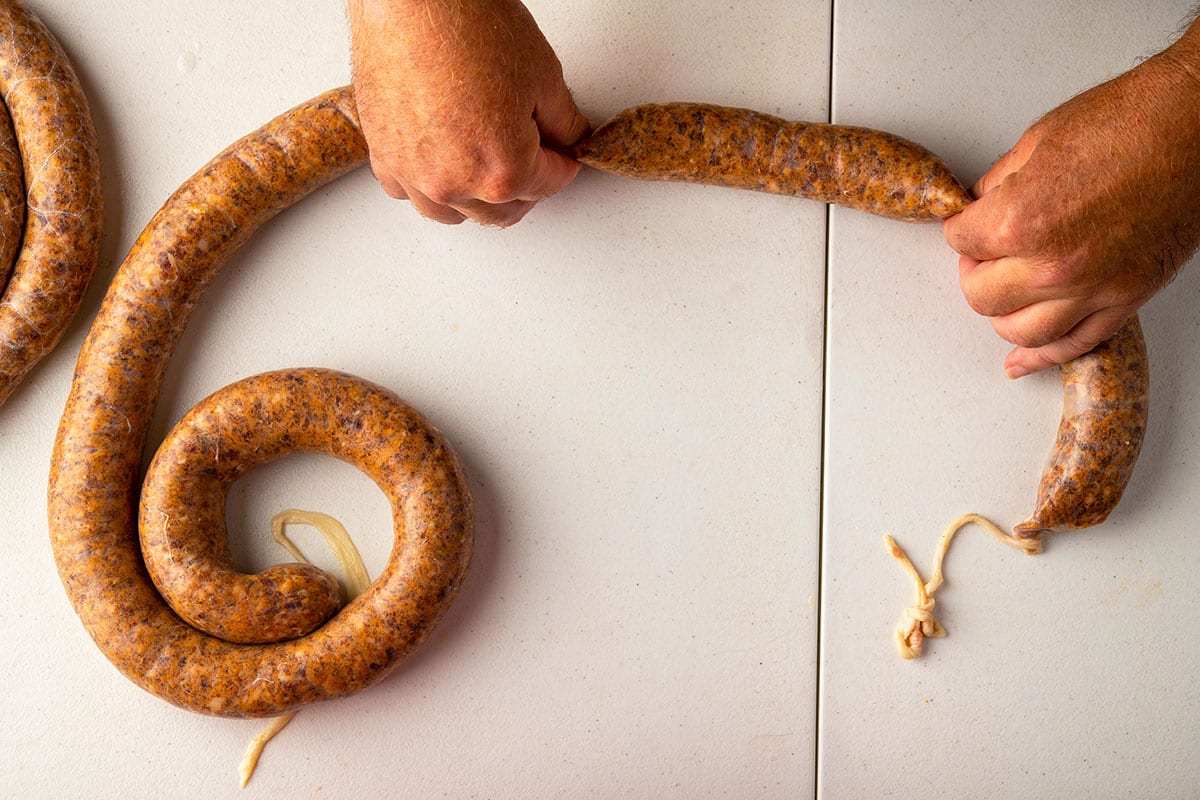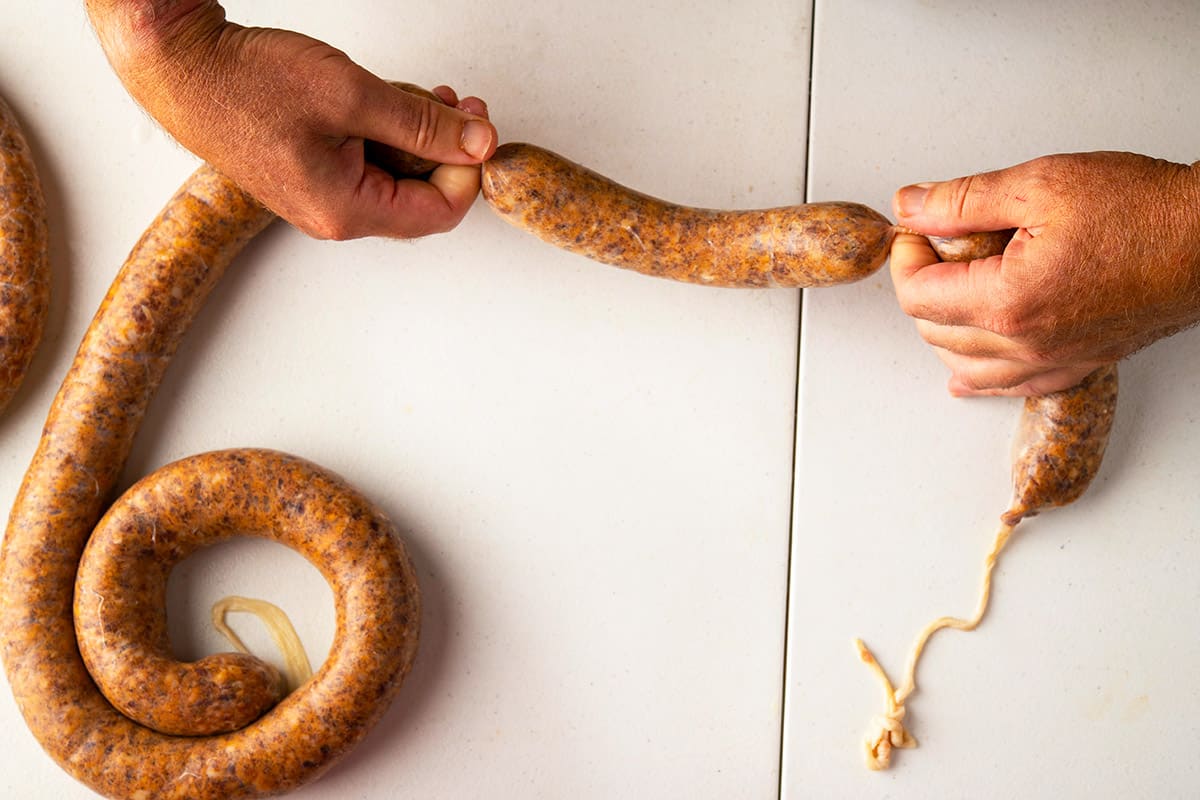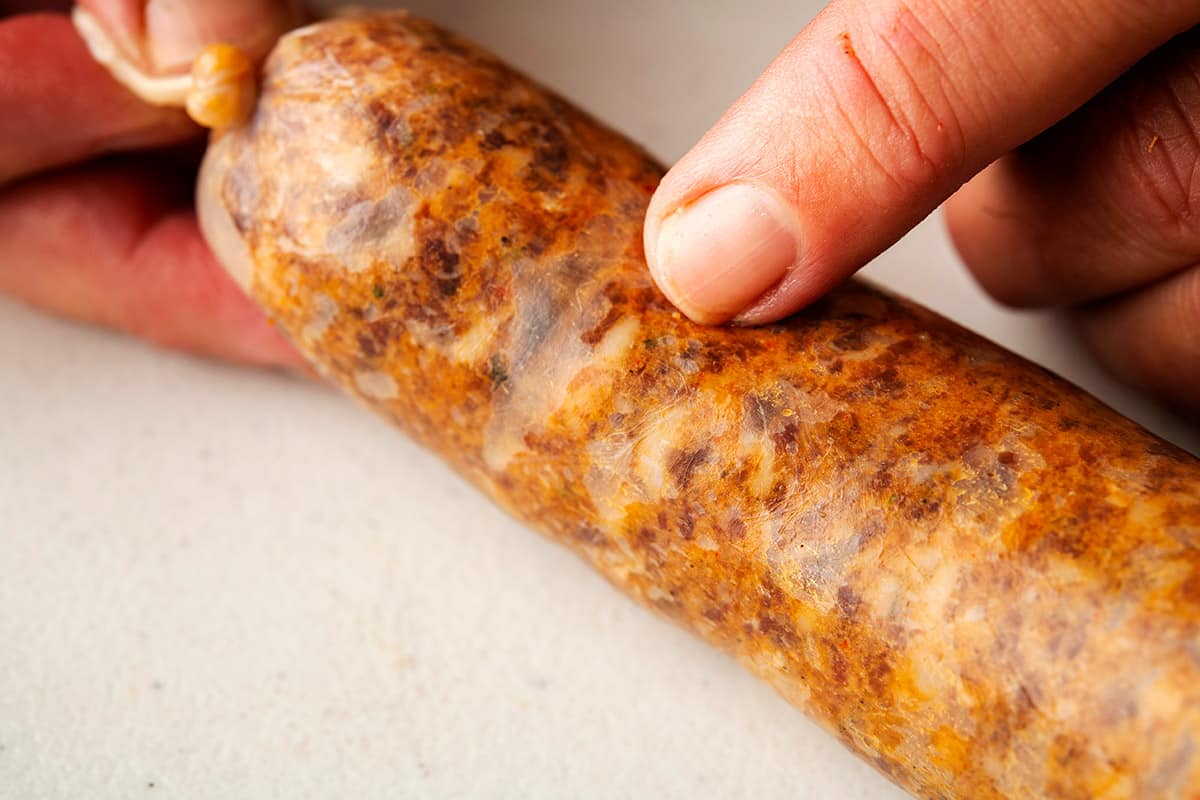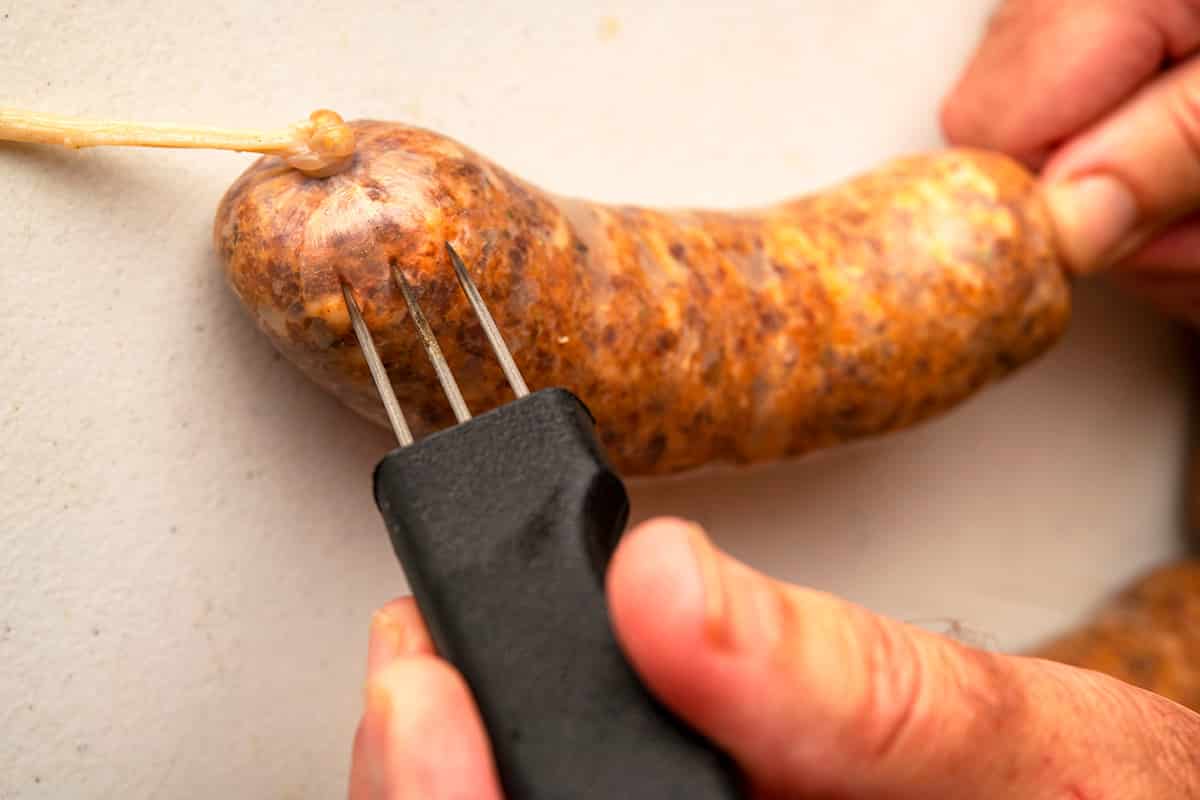UPDATED 03 NOVEMBER 2024
by Robert Ceran
Spinner fishing is one of my favorite ways to catch trout in almost any kind of water. In addition to being fun, it also regularly produces big fish that bite aggressively on these classic trout lures.
Another advantage of this technique is that it’s relatively easy to set up your gear and get started, making it an excellent technique for beginners.
In this article I’ll walk you through the basics of how to set up your gear for trout fishing with spinners, as well as the best lures, tactics and locations to help you catch more fish with this method.

Table of Contents
Are spinners good for trout?
Yes, spinners are great for trout fishing, because their rotating blades produce strong vibrations in the water, which is very effective at triggering bites.
Another reason why these lures work so well is that the moving blades generate flashes of light in the water, creating an additional visual stimulus that resembles a small minnow behaving erratically.
These lures also make a excellent search baits, since you can easily cover a lot of water by casting while systematically moving around a lake or pond.
That’s why spinning for trout is usually my first tactic when exploring a new fishery.
Trout fishing spinner setup
The first thing you need to do is set up a good trout rod, reel and line. Here are the tackle components you’ll need:
- Rod: 6 to 7 foot, fast action, ultralight power spinning rod
- Reel: 1000 to 2000 size spinning reel
- Main line: 10 pound test braided line
- Swivel: Size 10 barrel or snap swivel
- Leader: 4 to 6 pound test fluorocarbon
The best trout fishing rod to use for this is an ultralight power rod for spinner fishing, since that will enable you to cast ultralight lures (such as a Rooster Tail) over longer distances.
If you’re going to fish in a stream with overhanging trees and bushes, it’s best to choose a shorter rod around 6 feet long.
On the other hand, if you’re going to be casting from the shore of a lake, it’s better to choose a longer rod between 7 and 8 feet, as that will increase your casting distance and will also improve your line management during lure retrieval.
My favorite size spinning reel to use for this technique is a 2000 size, since that’s light enough to work well with lightweight lines and small lures, but it’s also big enough to hold enough line for casting longer distances.
The best main line to use is a 10 lb test braid, since this has excellent casting properties, which increases your casting distance by 10 to 15% compared to other line types.
In addition to this, braid has almost zero stretch, which increases the sensitivity of the whole setup and enables you to feel every single vibration of your lure during retrieval.
If you don’t want to use braid, monofilament is also a good option as a main line for this type of fishing. Now let’s talk about the terminal tackle and leader rigging.
How to rig a spinner for trout fishing

If you’re spinner fishing for trout that aren’t line shy, you can tie your main line directly to a snap swivel, and then attach the snap to the eye of your lure.
The advantages of this rigging is that it is very easy to tie, and it’s also very easy to switch out your lures, since you just need to open and close your snap. Incidentally, this is also one of the best steelhead rigs.
However, in heavily fished lakes and rivers there’s a good chance that the fish are line shy, and this is especially true if you’re angling in clear water.
In that case it’s best to tie a 1 to 3 foot leader with 4 to 6 lb test fluorocarbon.
Fluorocarbon line has much lower visibility in the water compared to braid, and using a fluoro leader thus gives you more stealth.
Tie a size 10 swivel between your main line and the leader, and then tie the fluoro leader directly to the eye of your lure.
If you want to fish in deeper water or in a strong current, add one or more split shot weights above the swivel, which will help to get your lure down into the strike zone faster.
What is the best spinner for trout?
The 4 best trout spinners are:
- Rooster Tail: This lightweight lure works best for a slow retrieve speed. Needs additional weight if you want to fish it deep.
- Panther Martin: Heavier body than the Rooster Tail, helping to increase casting distance, and for getting it down into deeper water more effectively.
- Blue Fox Vibrax: These lures come with a vibrax blade mechanism that produces sounds by rubbing against the bell shaped body of the lure, thereby emitting stronger vibrations in the water than a regular lure.
- Mepps Aglia: A classic lure that has been around for many decades, and continues to catch fish reliably every season.
While there are many other options on the market, the ones above are my all time favorites, and have caught countless fish for me over the years.
But keep in mind that each of these fishing lure brands comes in a multitude of sizes and colors, and in general it’s best to have as many different options as possible in your tackle box.
The fish can be quite picky at times, and having the right color combination can make the difference between catching your limit or going home empty handed.
If you’re fishing in a heavy current with deep water, you may also want to try out lures with extra weight, or with a torpedo shaped body, which sink faster and are specifically designed to fish in these conditions.
What is the best size spinner for trout?
The best lure size to use depends primarily on the size of the fish you’re expecting to catch.
Spinner blade sizeWeightRecommended use 07/64 oz.Small brown and brook trout in streams 11/8 oz.Small brown and brook trout in streams 23/16 oz. Average size rainbow and brown trout 31/4 oz.Average size rainbow and brown trout 43/8 oz.Big rainbow and brown trout 57/16 oz.Big rainbow and brown trout 65/8 oz.Steelhead
Trout Spinner Size Chart
The table above shows the recommended sizes for catching different species and sizes of fish.
While you sometimes catch small trout on a big lure and vice versa, in general there’s a clear correlation between the size of the lure and the size of the fish that you catch.
So if you’re targeting trophy fish, it’s better to choose one of the bigger sizes (3, 4, or even 5).
On the other hand, if you’re targeting small brookies or brownies in a shallow stream, go with the smallest size you can get away with (0 or even 00), as these small fish have a hard time getting a big lure into their mouth.
What color spinner should you use for trout?
The two best spinner colors for trout (that consistently catch most fish) are a golden blade with black body, or a silver blade with yellow body.
With that being said, it’s necessary to keep in mind that bites can be triggered to bite on a wide range of colors, and which one works best can be very different from fishery to fishery, and even from day to day on the same lake or river.
So you may encounter situations where the colors that usually produce the most fish don’t work, and you need to mix things up in order to get bites.
Because of this complexity, it’s important to have as many different colors in your tackle box as possible, in order to be able to do some testing in order to figure out what works best on any particular day.
In general, it’s best to use more subdued colors like blue or black on bright days with clear water conditions.
On the other hand, brighter colors such as yellow, chartreuse, or pink can work better on overcast days, or in stained waters, or if you’re fishing for trout at night.
Where to use spinners for trout
The great thing about this technique is that it’s easy to cover a lot of water, which means you can use it as a search bait to find locations where you can catch trout.
Here are some of the best places to cast your lures:
- The inlets of tributary streams of lakes
- Drop off zones along weed flats
- Shore points and other underwater structure
- Old river channels in reservoirs
- Stocking areas
When searching for hungry fish, it’s important to keep in mind that they tend to be more mobile than many other fish species, and don’t usually spend the whole day in one spot. So if you don’t get any bites, just move on to the next spot.
If you know the stocking area(s) of your lake, it’s always a good idea to start there, as some fish will stay close to these spots for a long time before they disperse in the lake.
How to catch trout with spinners
The best way to catch trout on spinners is by using it as a search bait to cover a lot of water in a short time.
The most common way to do this is to cast your lure out from shore, but you can also throw it from a boat or kayak, and you can even troll it.
Spinner fishing for trout in lakes
When casting from shore, divide the water in front of you into a pie chart, and cover it systematically with a series of casts that move from one side to the other (either clockwise or counterclockwise).
After you finish covering a particular spot this way, move on to the next one.
You’ll usually get very aggressive bites on these lures, so if you don’t get a bite, that either means there are no fish around, or they don’t want to eat your spinner. Because of this it’s best to keep on moving, until you find hungry fish.
Very often trout relate to the bottom, and can be found cruising 2 to 3 feet above the bottom. Because of this, it’s usually best to fish close to the bottom.
After casting it out, let it sink to the bottom before starting to retrieve it, and then retrieve it with your rod tip down to the water.
Casting spinners for trout from a boat
If you’re using a boat, this often gives you access to deeper water than casting from shore, which can be ideal for targeting fish during the summer, when they retreat into deeper water during the day.
In order to fish in deep water, it’s necessary to add additional split shot weights above the swivel on your rig. That way you can even use lightweight options (such as the Rooster Tail) to fish in deep water.
Spinner fishing for trout in rivers
When fishing for trout in streams and rivers, it’s important to stay mobile and cover as much water as possible.
That means you’ll be finished with one location in just a few casts, after which it’s time to move on to the next spot.
The only exception to this is if you get a short strike, and then try out a different style or color to try and trigger another bite from the same fish.
When casting a lure in a stream or river, it’s usually best to cast across the current, and then let the current carry it downstream while you retrieve it, thus forming an arc.
If you want to target a specific feeding lane, it’s best to cast slightly upstream of it, and let the lure swing into that area during the retrieve, as the current pushes it downstream.
Trolling for trout with spinners
Trolling is a great technique for catching more fish in lakes, as it enables you to cover more water with less effort than if casting your lure.
If you’re trolling for stocked rainbow trout, you can use the same setup and rigging as for casting from a boat, though you may want to add additional split shot weights to get your rig deeper in the water.
However, if you want to troll in deeper water than 10 to 15 feet, refer to our guide on trout rigging for trolling to get the best setup for your specific purposes.








![Air gun 101: The differences between .177 & .22 – Which jobs they do best ? [Infographic]](https://airgunmaniac.b-cdn.net/wp-content/uploads/2024/11/1773-218x150.jpeg)






























